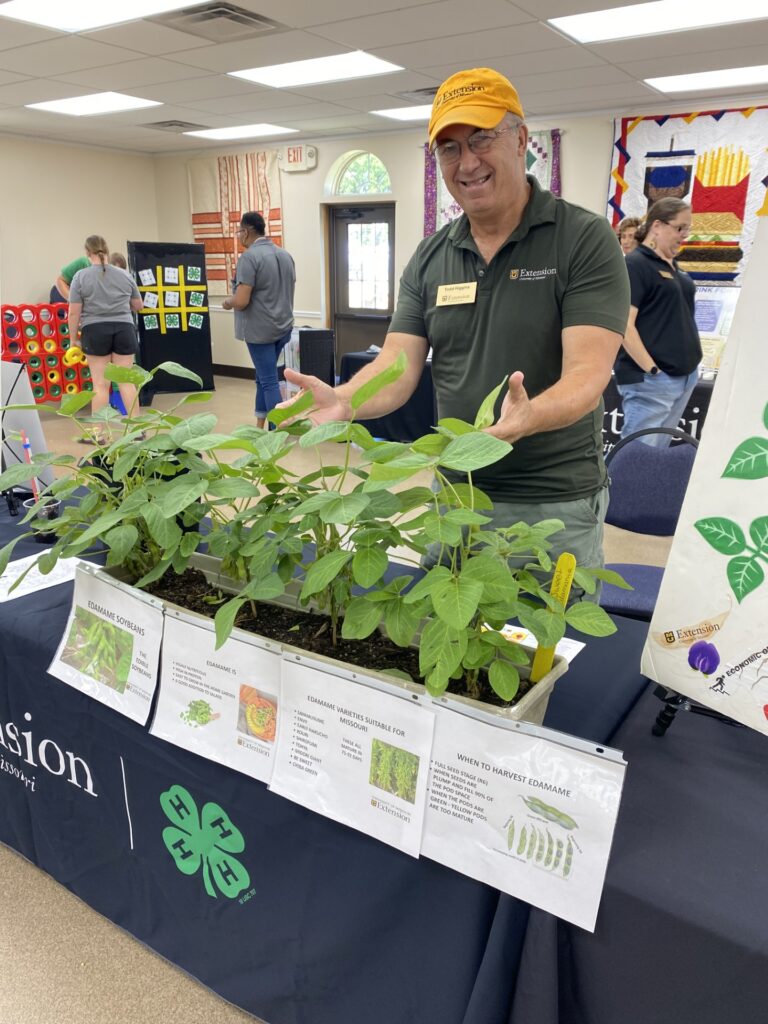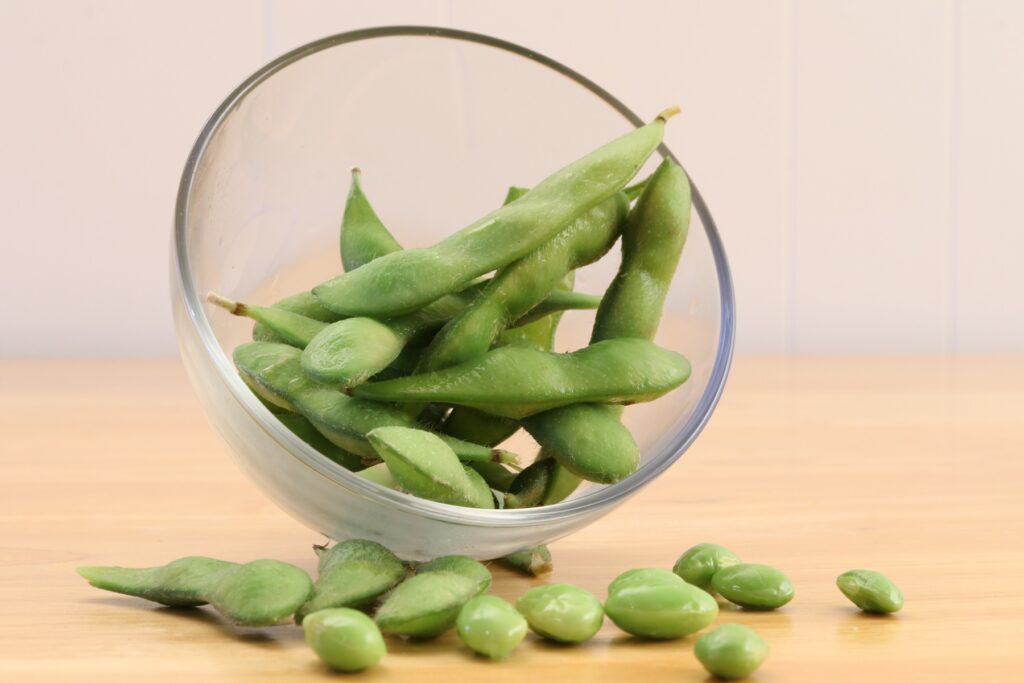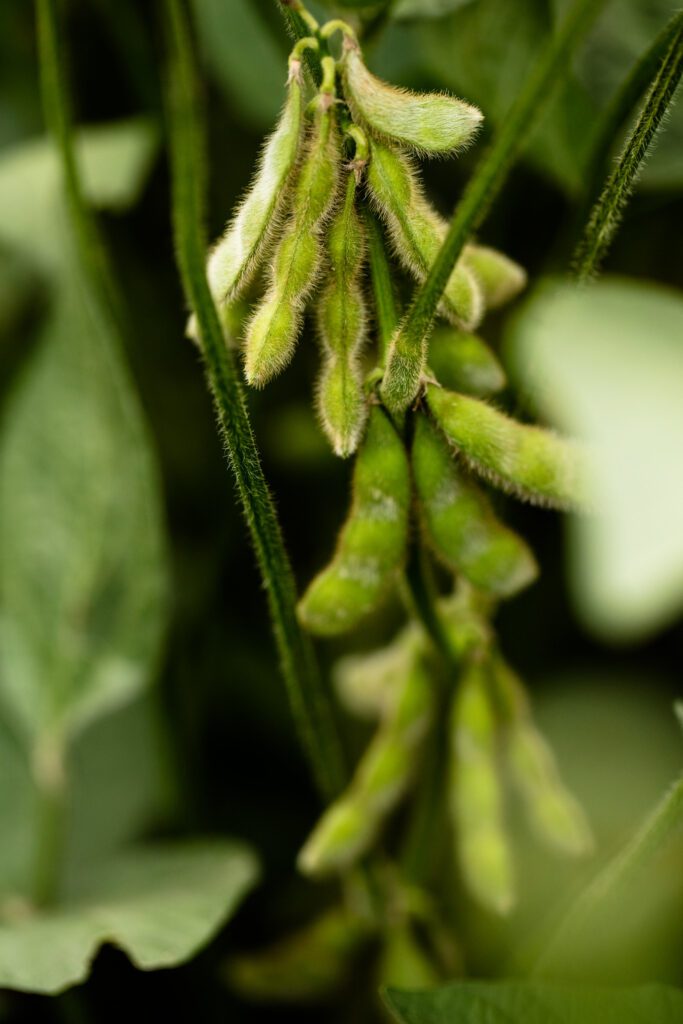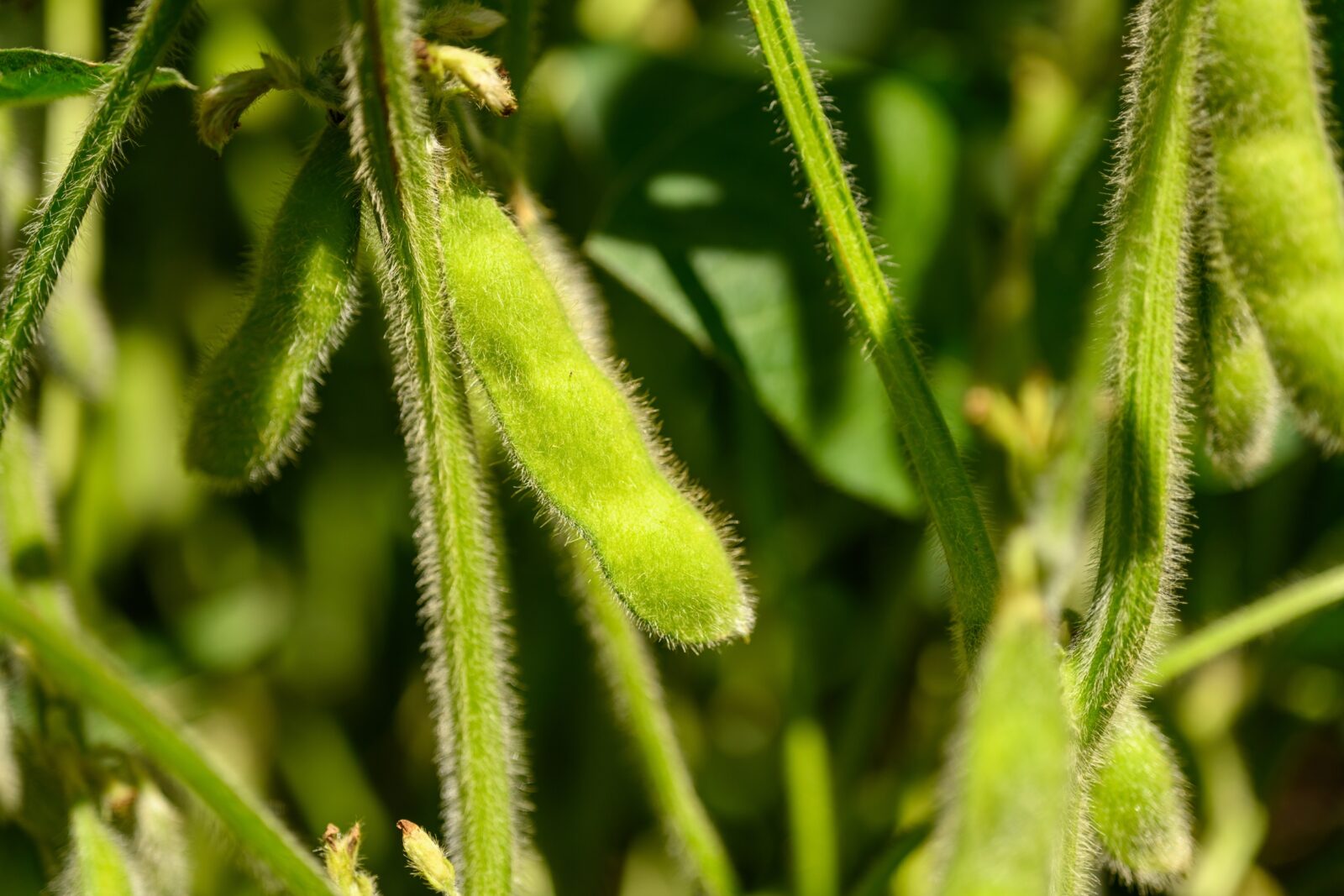Edamame is a well-known cuisine, but did you know that growing food-grade soybeans, such as edamame, in your garden can improve the health of your garden and double as a delicious food? It’s not only a nutrition powerhouse but it also improves your soil health.
Edamame, which are green soybeans that are harvested before they mature, are an easy to grow plant that you can raise in your garden for a variety of environmental and health benefits Edamame can be used in different cuisines and contain healthy essentials like proteins, vitamins, enzymes and minerals. But growing soybeans also benefit your garden’s soils.
How does growing edamame improve my garden’s soil?
Edamame soybeans can remove nitrogen from the atmosphere through the process of nitrogen fixation. Inoculating the seed before planting is the key to getting this free nitrogen.
“Inoculation is a process that involves mixing your seeds with the bacteria Rhizobium japonicum, which forms a symbiotic relationship with the soybean plant,” explained Dr. Todd Higgins, Field Specialist in Horticulture with the University of Missouri Extension.

Here is how Higgins explained the inoculation process:
- When an inoculated soybean plant grows, the plant forms a nodule once exposed to the bacteria (mixing your soybeans with bacteria sounds scary, but not to worry)!
- The bacteria in the nodule extract nitrogen out of the air in exchange for carbohydrates that the soybean plant supplies to help the bacteria grow.
- When the soil bean plant dies, it releases nitrogen into the soil, which benefits the next plant you grow in your garden as nitrogen is a macronutrient that is essential for plant growth and photosynthesis. The next plant can utilize this nitrogen to improve growth and optimize its yield.
This good bacteria in your soybean does not harm the edibility of your edamame. You can still eat and use your edamame in any way you like.
How to inoculate your seed
- Unfortunately, edamame soybeans do not come pre-inoculated. However, this process is simple and straightforward. First, you must purchase the appropriate inoculant for the legume you are using. Inoculant typically comes in the form of a black powder. Pour the soybean seeds you are going to plant into your planter or a mixing bowl and then layer the inoculant on top. Stir the inoculant into the soybean seeds until you think the inoculant has coated the majority of seed.
- If you cannot find inoculant, you can use a well-rotted manure or synthetic nitrogen contained fertilizer.
- Once the seed has been inoculated, you can grow and tend to your soybeans normally.

Growing soy
- While relatively easy to grow, edamame is a little more sensitive than regular soybeans.
- Edamame is best grown in soil ranges of 55-65°F. It is recommended to grow edamame in late spring.
- Sow seeds 1/2 to 1 inch deep, two to four inches apart, in rows two feet apart.
- Germination takes one to two weeks.
- Water regularly, edamame can make it through some drought, but it can impact yields.
Higgins shares, “As days get shorter, edamame begins to flower. Once an edamame begins to flower, the plant will begin growing pods soon.”
You’ll know when to harvest edamame because the pods will be two to three inches long, bright green and plump (exactly how they look when you order them at a Japanese restaurant). Do not tear pods off the plant. Either snap or cut the pods or uproot the entire plant. And voila – you have your own homegrown edamame!

Soy powers your health and your garden
Who would have known that gardening’s best kept secret was a legume we all know about and grown on farms all across the U.S.? The next time you are thinking about what to grow in your garden, remember that edamame is a nutritional powerhouse for both your garden and your body.
